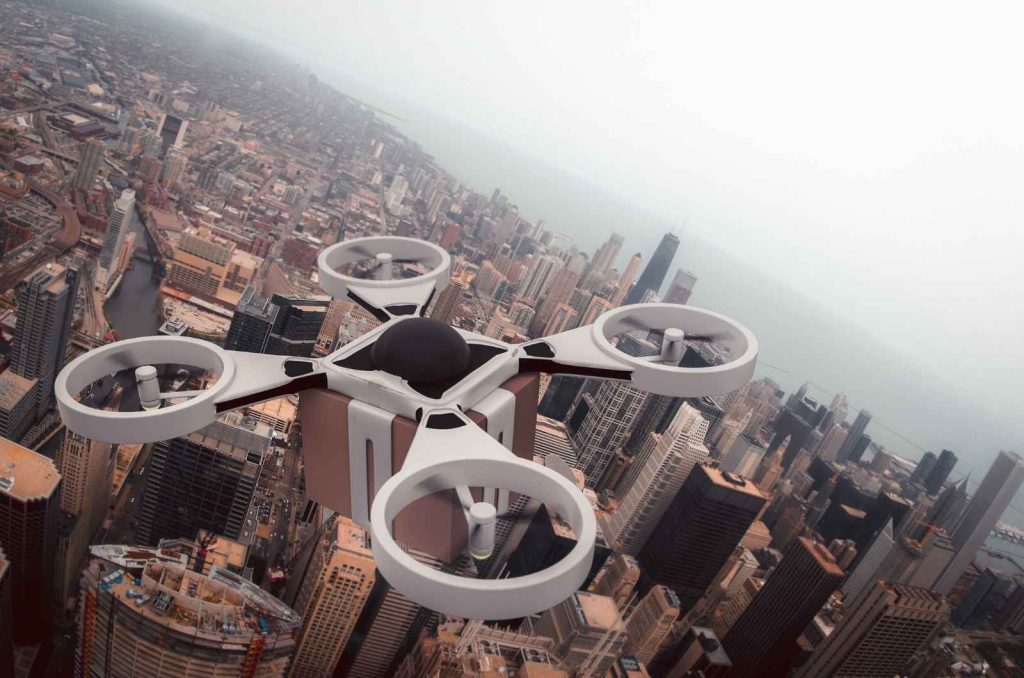
The dawn of drone technology catapulted a myriad of industries into unprecedented heights, revolutionizing the way we perceive automation and remote operations. Yet, as drones become increasingly prevalent, the linchpin of maximizing their potential lies in the sophistication of drone docking systems. Imagine an intricate ballet of machines that not only conquer the skies but return to their cradles with surgical precision. Drone docking technology serves as the unseen maestro in this dance, ensuring that drones are charged, protected, and primed for their next sortie.
Within the bustling commercial realms and the strategic defenses of nations, these intelligent platforms stand as a testament to human ingenuity, highlighting our unrelenting quest for efficiency and safety. The mesmerizing dance of drone docking is not just a testament to technological innovation, but a doorway to a future where the skies are seamlessly integrated into our daily operations. Embark on a journey through the world of drone docking technology, where every landing and takeoff is a step toward a more efficient, secure, and ingenious tomorrow.
Introduction to Drone Docking Technology
The advent of unmanned aerial vehicles, commonly known as drones, has inaugurated a new era in technology and innovation. From their military origins, drones have spread their wings into the commercial sphere, proving to be invaluable assets in numerous applications. As this technology has evolved, so has the need for efficient systems to manage drone deployment and maintenance which has led to the development of drone docking technology. These docking systems are designed to streamline the process of recharging, sheltering, and deploying drones to ensure that they are ready for their next mission at a moment's notice.
At the heart of commercial and defense drone operations lies the importance of efficiency and readiness. Drone docking stations not only serve as a home for these sophisticated machines but also as vital components in maintaining operational flow. They enable drones to operate with a greater degree of autonomy, reducing the need for manual intervention and thus enhancing both operational efficiency and safety in demanding environments.
Benefits of Drone Docking Technology for Commercial and Defense Sectors
Drone docking technology ushers in a transformative era for the commercial and defense sectors. It shifts paradigms by significantly elevating operational efficiency. A fully automated docking station ensures that drones are ready for timely deployment and reliably recharged without manual intervention. This streamlines workflows and maximizes productivity, ensuring that missions, whether for surveillance or delivery, are carried out with remarkable precision.
Moreover, safety is emphatically enhanced as drones dock, recharge, and undergo maintenance checks in a controlled environment. This mitigates the risk of in-flight failures and accidents, safeguarding both the asset and the surrounding public. The reduced need for human intervention not only minimizes error but also protects personnel by lessening exposure to potentially hazardous environments, especially in defense operations.
Financially, the integration of drone docking systems can translate into substantial cost savings. The longevity of drones is improved through meticulous maintenance, while the automation reduces labor costs. The return on investment can be considerable, strengthening the fiscal stability of organizations that adopt this cutting-edge technology.
Top Features to Consider in Drone Docking Systems
The paramount consideration in selecting a drone docking system lies within its automated docking and charging capabilities. As drones are ushered increasingly into the fold of daily operations, the capacity for independent landing, charging, and takeoff without human interference presents a significant leap in operational readiness. Key to these capabilities is precision engineering that ensures compatibility with a variety of drone models and uncompromised performance in diverse environments.
An advanced collision avoidance and navigation system forms the lifeblood of any modern drone docking station. Potential obstructions or navigational errors are neatly sidestepped, keeping valuable equipment and the surrounding area safe. Moreover, the inclusion of real-time surveillance and data transmission features enables operators to receive live feedback, ensuring optimal mission performance with the added advantage of instantaneous decision making.
When considering the harsh environments these systems often operate in, attributes of weather resistance and durability cannot be overstated. A robust system that can withstand the beating of high temperatures and inclement weather spells reliability and longevity for stakeholders considering the integration of this technology into their operations.
Future Trends and Applications of Drone Docking Technology
The horizon for drone docking technology teems with unrelenting innovation, particularly with artificial intelligence and machine learning finding their way into these advanced systems. As these technologies mature, they're expected to create more autonomous and intelligent docking stations, capable of intricate decision-making and predictive maintenance. Furthermore, we're witnessing a broader adoption of drone docking solutions across diverse industries, ranging from agriculture to urban planning, showcasing their versatility and utility.
Drone technology, particularly in the context of docking systems, is also poised to make significant inroads in emergency response and disaster management. These applications demonstrate how drones can provide critical support in scenarios where time and safety are paramount. Despite the growing capabilities, challenges such as regulatory hurdles and airspace management remain as crucial considerations for the expansion of drone technologies.
As the applications of drone docking expand, one must remember the pivotal role of enhanced efficiency discussed earlier, anchoring the technology as essential in an age of perpetual motion and automation.
click here for more info: http://www.strixdrones.com/
